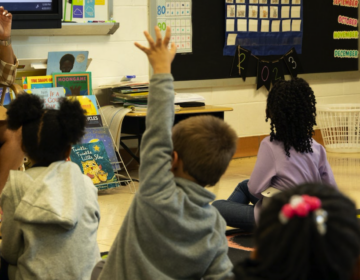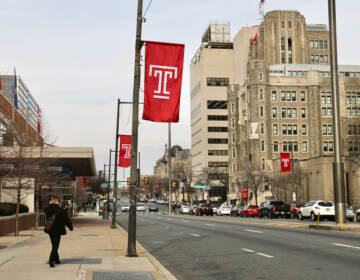Study finds cost of Pa. charter schools ‘obvious and escalating’
A study released this summer finds charter school enrollment has grown steadily, but at the expense of Pennsylvania school district budgets.
Penn State researchers call the financial pressure on school districts “obvious and escalating,” finding that from the 2006 to 2012 school years, the statewide cost more than doubled, arriving at $1.3 billion. The main statewide subsidy for education at the same point was $5.5 billion.
Districts pay tuition for each student who leaves their district for a charter or cyber charter school.Professor Bill Hartman, part of a team of researchers who conducted the study, said tuition costs are expected to keep rising by 10 to 20 percent a year.
“The school districts have no control over the number of kids that go to charter schools,” Hartman said. “Now, they are pushing back – they have created their own cyber schools, some of them very successfully. So they are trying to lure kids back in school districts, and that helps. But there’s no restriction on parents’ ability to send kids there.”
There’s no shortage of other stressors exacerbating school districts’ budget problems. Statutorily mandated contributions to public pensions are rising. The state Legislature eliminated state aid for charter school tuition in 2011.
Charter schools also receive more money per student with special needs, though they are not required to spend the funds on special education costs. Researchers, using data reported on the Pennsylvania Department of Education website, found that charters spent less than half of what they received in special education tuition on special instruction and expenses during the 2012 and 2013 school years.
Charter advocates have said school districts that lose students to charters can save on the costs of educating those children. But Hartman said the data collected show any savings are marginal compared with how much districts must pay to charter schools.
“From an economic standpoint, most of the charter school costs are extra,” Hartman said. “And they are driven, not by educational need, but by parental desire, a relatively small number of parents driving $1.3 billion out of public education.”
The report was commissioned by the Center for Rural Pennsylvania, a state legislative agency. It also found charter and cyber charter schools overall show lower academic performance than their traditional public school counterparts.
This is the second of two posts on the Center for Rural Pennsylvania study of charter schools. An earlier post reviewed the study’s findings regarding charter schools’ impact on school districts.
WHYY is your source for fact-based, in-depth journalism and information. As a nonprofit organization, we rely on financial support from readers like you. Please give today.




